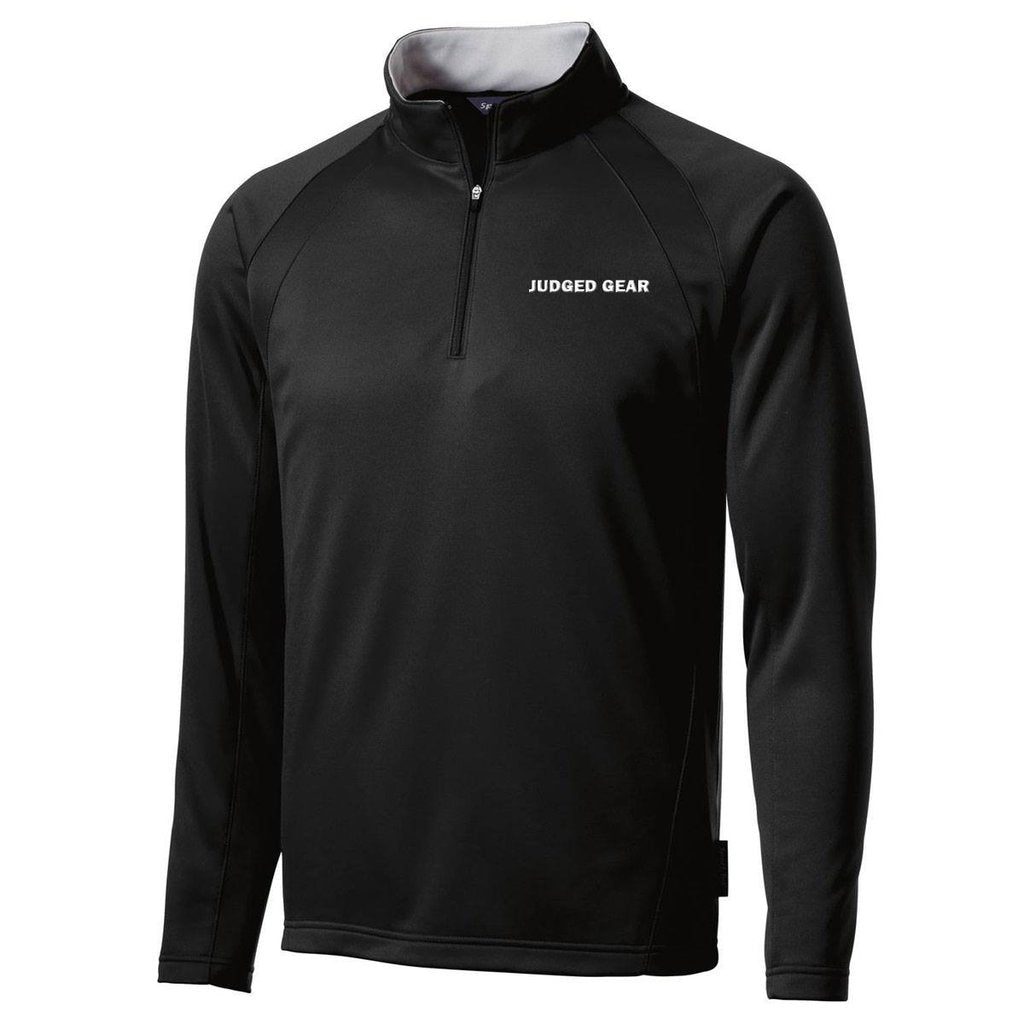
Dress In Layers
Share

Layering System And What Each Layer Is And Material
We should consider the gear to use when going for snowmobiling, instead of the things to wear underneath. Most moments are spent to think about our coats and the gloves instead of the layering to stay underneath. People are fearful about becoming chilled and cold whereas as time passes, nothing of such happens because of the layering beneath. There is both protection from the cold and comfort ability with the layering.
Layering
The term ‘layering’ offers the description of the phenomena of putting on clothes over each other, layer after layer, to obtain maximum thermal insulation and protection from cold. It is possible to have different material for each layer based on the purpose of usage. The reduction of radiations in hot weather is possible with layering. The flexibility of layering ensures that you are able to move easily.
The use of layering is common in sportswear and clothes for outdoor activities. The most common material is synthetic and is quite affordable.
Layers
The classification of the three major levels in the layering includes:
- Inner or base layer
- Middle layer (https://www.judgedgear.com/collections/outerwear/products/sport-fleece)
- Shell layer (https://www.judgedgear.com/collections/outerwear/products/justice-jackets-2)
Inner layer or base layer
This layer makes provision for moisture. This is due to the inner layer being adjacent to the skin thereby allowing perspiration and sweating. This layer ensures that your body does not become heated in the summer. This is because sweating helps to release heat from the body thereby promoting coolness in summer.
It helps with the prevention of hypothermia in winter. It ensures that the temperature of your body does not go below normal. The danger in hypothermia is that it brings about a fall in blood pressure, and ends in stroke or hemorrhage.
Merino wool, synthetic fabrics, or even silk are the materials used. They ensure the passage of your sweat to the upper layer, for the evaporation of your sweat.
A thin tight non-cotton shirt and pant is our suggestion.
The characteristics of the materials use (polyester, polystyrene, and microfiber) include antibacterial, insect repellent, and odor resistant. They are less expensive while silk is expensive and likewise difficult to handle. There is no provision for required thermal resistance; therefore, cannot keep you warm.
When it comes to cotton, it does not suit any layer because it absorbs sweat. It ends up being cold and heavy. If used for insulation in cold weather, the insulation is lost and cotton becomes a threat. You should forget cotton!
Middle layer
This is frequently termed as the insulation layer. It makes provision for insulation, ensuring that there is necessary heat and no loss of the cooling effect and is retained for a longer period. It is not as tight as the base layer. You can make the layer somewhat loose such that it covers the whole body and make provision for insulation between the inner and the outer layer. It insulates by trapping air in between the layers.
You can use a thin fleece. JUDGED sells a very affordable option including not extra pockets, straps or anything to keep it light. See our fleece here: judgedgear.com/collections/outerwear/products/sport-fleece
This layer is best with fleece. This is because is insulates adequately and offers protection against heat and cold. It functions even when wet. It does not have much weight and is compressible. It is a synthetic polymer.
The commonest material used as insulation layer is a cotton hoodie. Don't do it.
Shell layer or outer layer
This layer is made up of the outermost clothes that we wear. It is necessary for it to have sufficient strength for resistance to the cold and the strong winds. It is necessary for these clothes to have adequate mechanical strength. We have multiple shell options that can be purchased. https://www.judgedgear.com/collections/outerwear